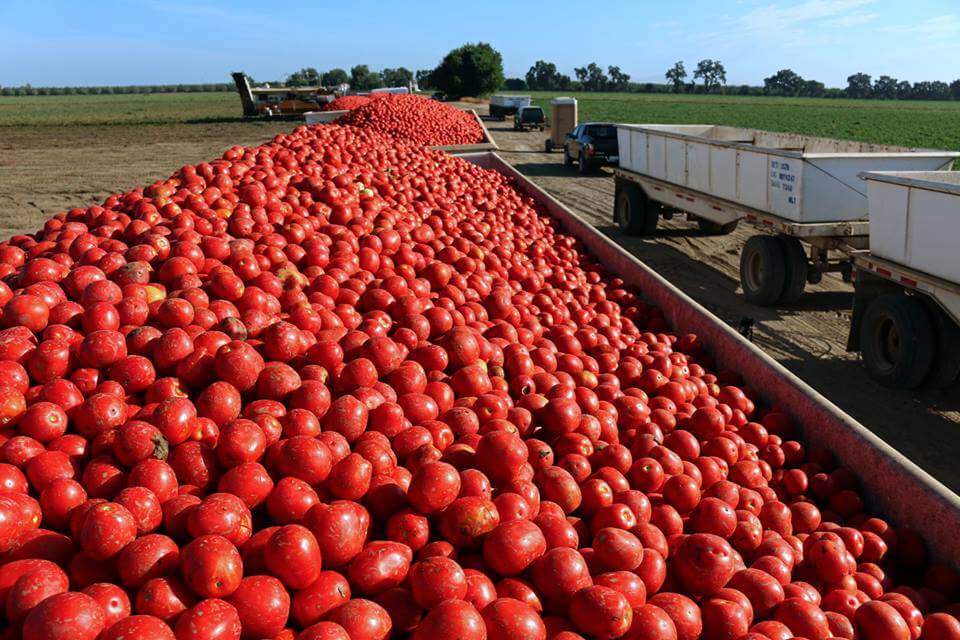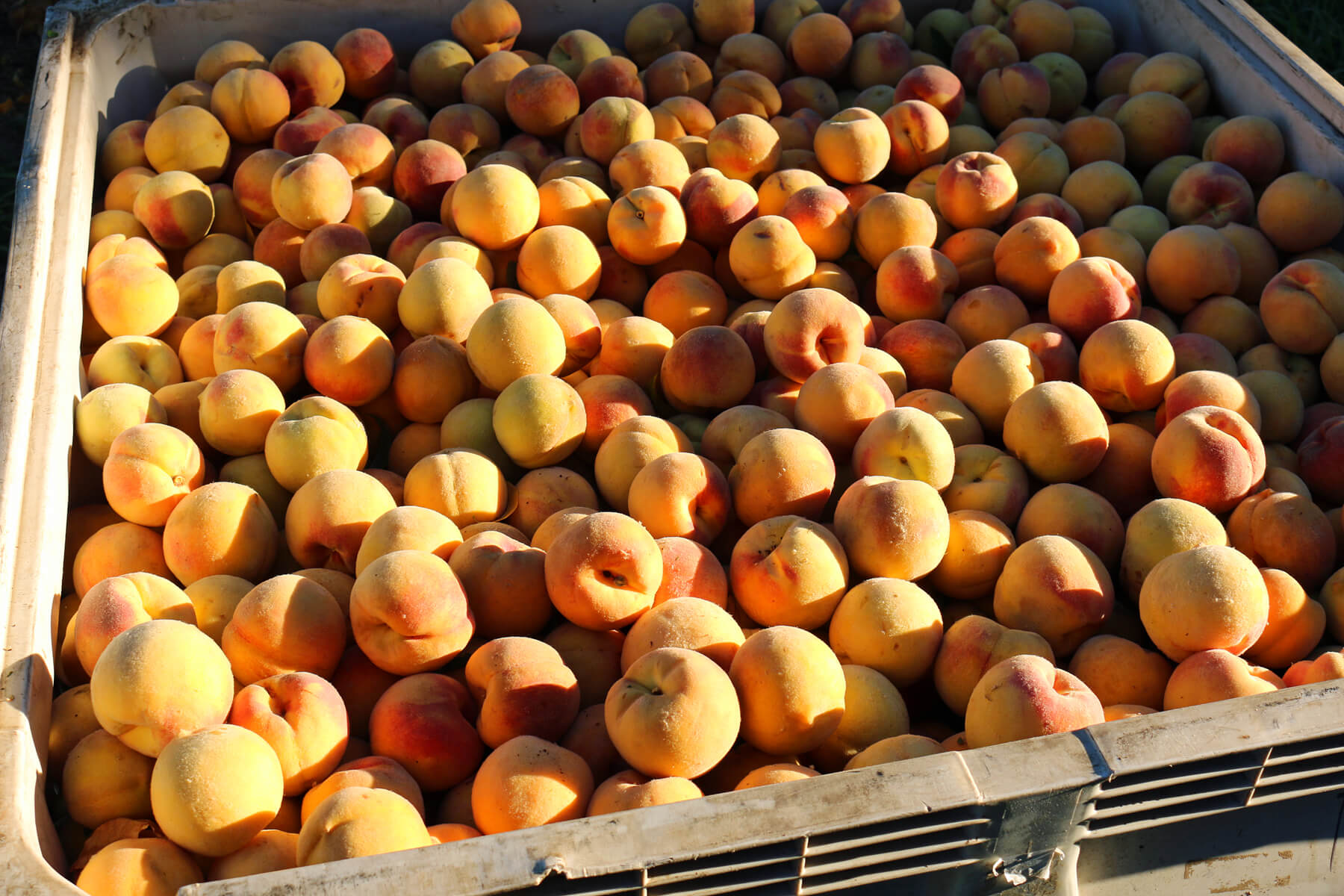By Todd Manley
California’s farmers and ranchers produce an amazing economic bounty. As demonstrated in an infographic in the June edition of Comstock’s Magazine (page 98), California agriculture contributed $47.1 billion – yes, billion with a “b” (down from a high of $53.5 billion in 2014) to the state’s economy in 2015. Not included in this total is the impact agriculture has on other sectors, including shipping and warehousing, that are larger parts of the state’s economy.
Sometimes, the economic production of California’s agricultural sector gets lost in the state’s economy as a whole, which diminishes its amazing contribution to the state. When this occurs, it is important to remember the magnitude of California’s economy. California is currently the sixth largest economy in the world, behind only the United States, China, Japan, Germany and the United Kingdom. California’s $2.66 trillion gross domestic product (GDP) is greater than that of every other country, including France, India and Italy. The state’s GDP is more than twice that of Australia.
The fact that California’s economy is so large and diverse creates misconceptions about the size of any one sector of the economy, including agriculture. To put this in perspective, the $47.1 billion generated by California agriculture, which is 2 percent of the state’s economy, was the largest amount for any state and made up 12.5 percent of the total agricultural production for all 50 states. It also was more than $19 billion greater than the agricultural production from the second largest state (Iowa) and more than twice the amount of the state with the third greatest production (Texas). Further perspective is provided by the fact that the agricultural production in California was greater than the total GDP of three states.
California is an economic power that is prominent on the world stage. The quantities and diversity of agricultural products grown in California, including fresh fruits and vegetables, wine grapes, nuts and grains, contribute to the state’s image throughout the world and add to the quality of life of its residents. The magnitude of California’s agricultural production is amazing, yet it can be deceptively undervalued only because of the oversized economy of the state as a whole.






So, how much water compared to revenue is diverted to farms that are causing unprecedented droughts…
On an average year the breakdown of the applied water in California is: Metropolitan and Industrial gets approximately 10%, agriculture gets approximately 40% and the environment gets the other 50%. This is the applied water, which is approximately 50% of the total amount of water on an average water year. This is water that is captured stored or diverted from its natural flow. The other 50% is not captured stored or diverted in any way. When you read about California Agriculture using 80% of the water it is 80% of the 50% of the 50%. It is 80% of what humans directly use. Not 80% of the total amount used.
Desalinate the ocean water for California, Oregon, and Washington top prove that this is the way forward to solve the world’s water issues, and, at the same time, do it with alternative energy, and promote the green new change we need so desperately!
The desalination just makes too much sense fro the poiticians to handle! Topping it off by doing it with panels is just icing on the cake.